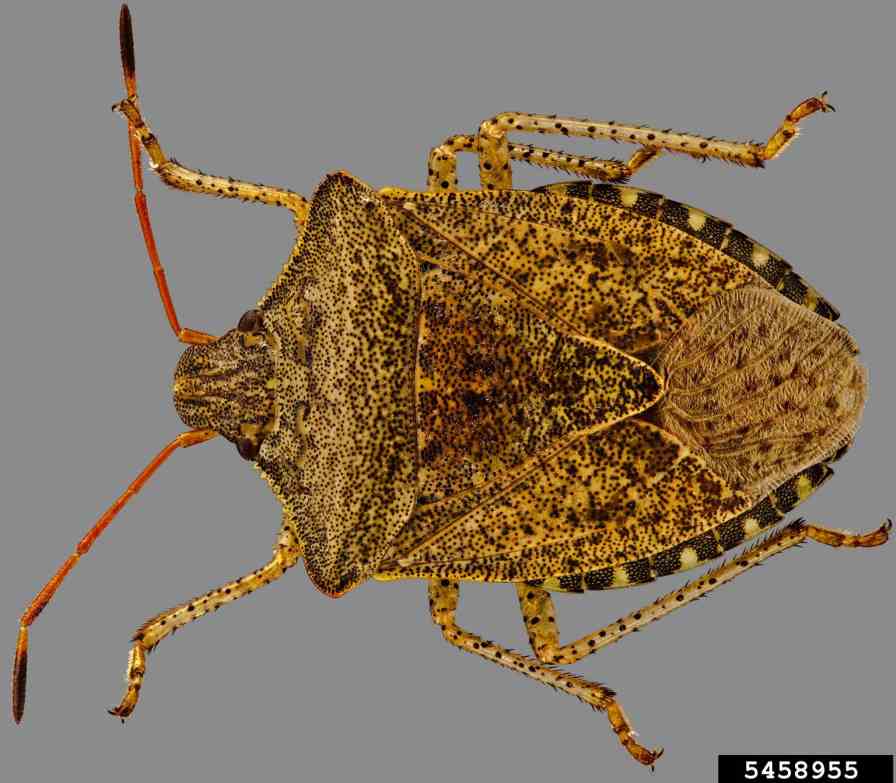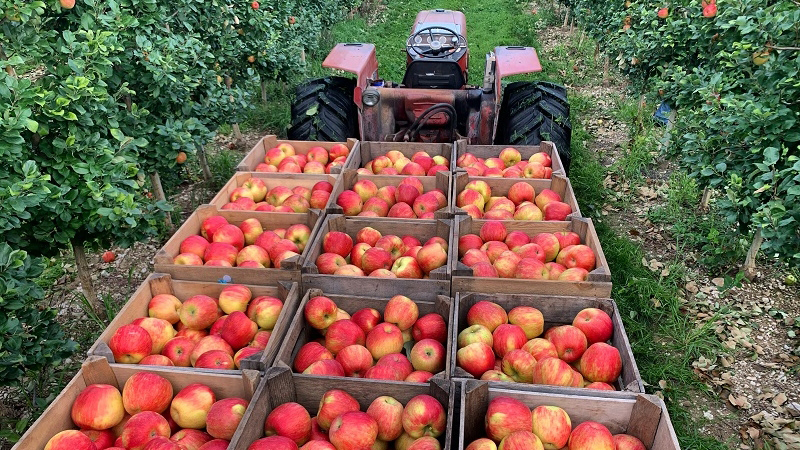How To Manage Consperse Stink Bug In Tomato

Processing tomatoes can sustain significant damage from Consperse stink bug. Photo credit: Steven Valley, Oregon Department of Agriculture, Bugwood.org
Consperse stink bugs have negatively impacted tomato production on the West Coast. This pest has a wide range of hosts, but Tom Turini, Extension Advisor at University of California, Fresno County, says stink bug populations are largely concentrated in Fresno although they are present and active in other parts of the state.
Researchers are still trying to figure out why the pest reaches economically damaging population densities in one area rather than others, but Turini believes that temperatures may be a factor as well as the surrounding environment.
“If you look at the degree days accumulated over the last several years versus the 30-year average, we are far above the 30-year average. They are using a 53°F threshold for development for Consperse stink bug, and we know that we are far above the average,” he explains.
Although many crops are susceptible, processing tomatoes sustain the most damage due to the concentration of large areas dedicated to the production of this crop.
Behavior And Crop Damage
Adult Consperse stink bugs are greyish brown in color with a green underside. They have spots on their legs that are tan or light brown.
Consperse stink bugs feed directly on the fruit, and microbes including yeast and other weak pathogens enter the feeding wounds of the fruit and cause it to rot, he explains.
“With processing tomatoes, if damage occurs early enough in the season, the fruit will completely disintegrate resulting in substantial yield loss. If the damage occurs at later stages of crop development then it will manifest as rot at the processing time,” Turini says.
At its worst, Turini has seen a 40% yield loss in some fields as a result of the pest.
The bug sends out pheromones to others, attracting them in large quantities to a single location. The pest may first be detected along the borders of the tomato fields.
Turini suggests checking in areas where there is heavy leaf cover or other environments in which there is protection since the pest tends to overwinter in these locations.
Pheromone Traps
Turini is in his third year testing the use of pheromone traps to control stink bugs. So far, the traps have proven to be effective in terms of providing an early warning signal to growers that the pest is present, but as the season progresses, he notes that the reliability of the traps decreases.
“Once [Consperse stink bug] is already in the field the captures become more erratic and don’t seem to relate very well with population densities in the field, but it does help for early detection,” he confirms.
Traps are available through a variety of dealers, and Turini notes the pheromone traps are species-specific and those used in Fresno County have resulted in captures of only Consperse stink bugs.
“With our methodology, we placed the traps only 6 inches above the ground, and we’ve picked up a fair number of them that way. I would suggest not placing them more than 12 inches above the ground,” he says.
Chemical Controls
Turini has also done insecticide trials and was able to significantly bring down populations with the pyrethroid insecticide Warrior (Syngenta).
Insecticides are more effective during early stages of pest development, Turini says.
“The nymphs are more susceptible to insecticide treatment than adults are. From the time of our first capture in our trial, we calculated the degree days and made our first application based on the level of degree days needed for development from egg to mid-instar nymph,” he explains.
Cultural Controls
Off the bat, Turini says sanitation and keeping a weed-free area will reduce the risk of reaching crop-damaging levels of this pest. Black mustard has been attractive to the Consperse stink bug in Fresno, but they have a wide host range of weeds, he says.
Eliminating any overwintering sites and staying away from areas with heavy cover will further reduce the risk of suffering economic losses due to extremely high densities.









